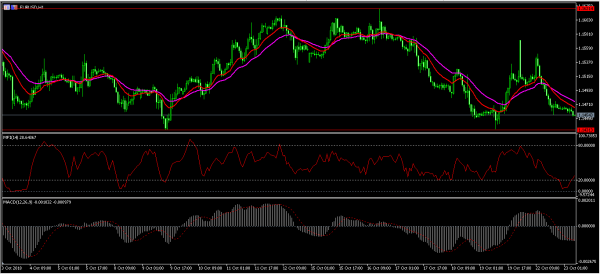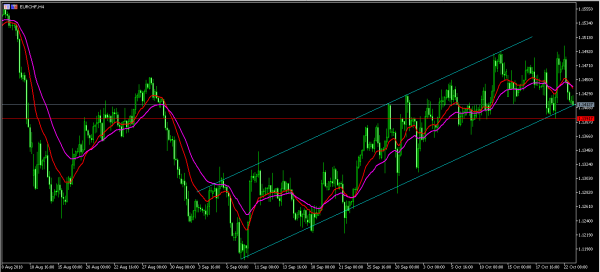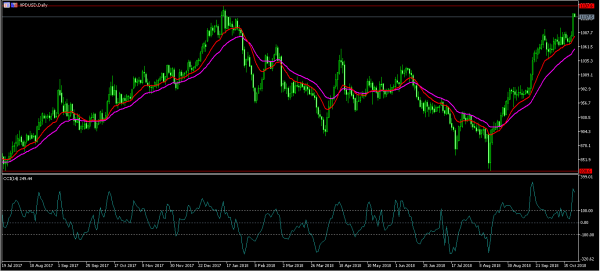In July, Donald Trump met with the President of the European Commission, Jean Claude Juncker. At the time, the US President promised to implement massive tariffs on $200 billion worth of foreign-made cars. This decision would have been very difficult for the EU who threatened to retaliate.
After the meeting, the two leaders committed to talks to resolve the underlying issues. This week, the euro has continued to decline against the USD as it has become increasingly clear that a deal between the US and the EU will not be straight forward. EU’s Cecilia Malmstrom accused the US of not taking the talks seriously. In response, US Commerce Secretary, Wilbur Ross, and Gordon Sondland, the US Ambassador to the EU accused her of “complete intransigence’, dragging her feet in the negotiations, and trying to wait out Mr. Trump’s time in office. The US President is now demanding “quick negotiations that produce tangible results,’ as trade teams prepare to meet in Washington.
The sterling continued the declines started on Friday. Yesterday, Theresa May tried to assure the market that a Brexit deal with the EU will work out. She said that Brussels and the UK were working for a temporary UK-EU customs territory solution. In recent weeks, it has become clear that a deal between the EU and the UK will be difficult especially when it comes to the Irish border. In fact, officials have said that the deal is almost done with concerns over Island being the only issue. Today, traders will focus on a speech by BOE Governor, Mark Carney and the CBI Industrial trends orders.
Crude oil prices declined slightly in the Asian session after Saudi Arabia said that it committed itself to a “responsible role” in the energy markets. This is after the country’s new leaders face the toughest challenge after the killing of Jamal Khashoggi. Investors are waiting for a response from the Trump administration. Today, traders will receive the inventory numbers from the American Petroleum Institute (API). This is after last week’s drawdown of 2.1 million barrels went in the opposite direction to EIA’s inventories of 6.5 million barrels.
EUR/USD
On October 9, the EUR/USD pair started moving higher after reaching a low of 1.1430. It reached a high of 1.1620 on Wednesday last week and then started moving lower, reaching the previous low of 1.1430 on Friday. Yesterday, the pair opened at 1.1570 and then fell sharply. Today, these declines continued and the pair reached an intraday low of 1.1453. Therefore, with no major economic data from the EU and the US, the pair will likely continue with the path of least resistance and decline to the 1.1430 level. This is confirmed by the double EMA, MACD, and the Money Flow Index indicators.
EUR/CHF
Starting from early September, the EUR/CHF pair has moved from a low of 1.1182 to a high of 1.1500. In this trend, the pair has moved in an equidistance channel as shown below. The pair is now trading at 1.1410, which is at the lower side of the support. It is below the 14 and 28-day EMA. Today, the pair could attempt to move higher as it tries to approach the resistance price of 1.1500. A decline below 1.1410 will see the pair move lower to below 1.1400.
XPD/USD
Palladium was the best performing metal in 2017, gaining by more than 40%. It reached a high of $1137 per ounce. This year, it dropped to $830. In August, the decline ended and the metal started moving up. Today, the XPD/USD pair reached a high of 1125, 12 points lower than last year’s high. The double EMA shows that the pair could continue to move higher. The commodities channel index is currently at 282, which is overbought but a sign that the pair could continue moving up.













